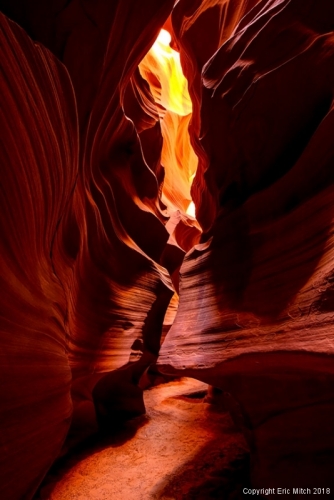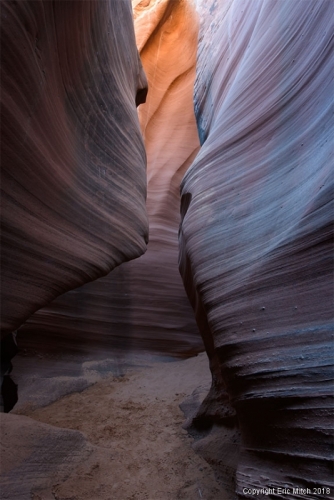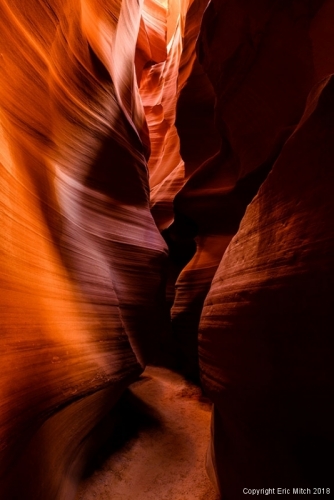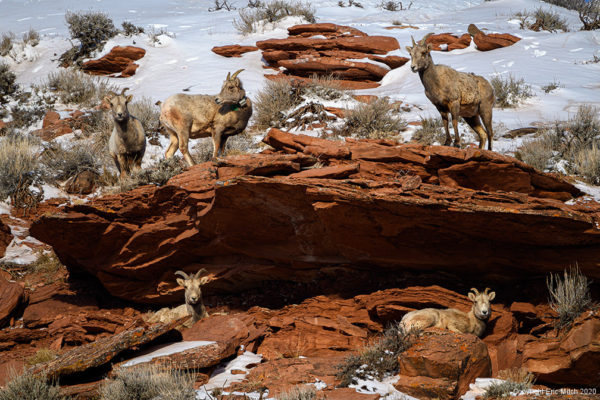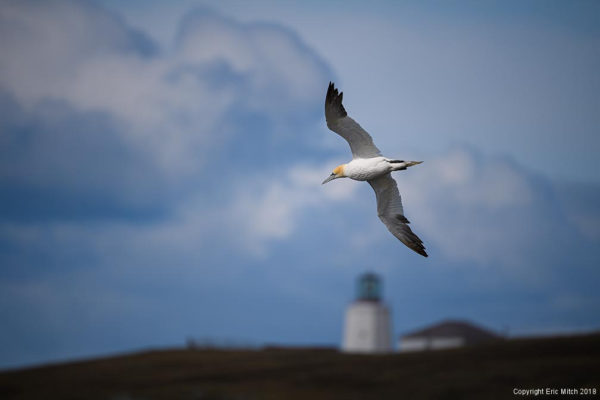Have you ever taken a photo and looked at the display on the back of the camera and said that what it shows isn’t what you saw or feel the color is washed out? While the cameras of today are more sophisticated, they can still be fooled. Sometimes a few basic settings can make all the difference in the world.
The two main features I work with to create mood and drama and to get color saturation is exposure and white balance. Let’s start with exposure. While most people like bright white images that express happiness and transparency, that to me can get old and makes for a flat photograph. I prefer darker more moody scenes. Shadows convey mystery, emotion, and drama. The added benefit with a camera like the Nikon D850 is that underexposure can help with color saturation and bring those colors out. That to me makes a dramatic photograph.
Second is white balance. To me, white balance is a more tricky animal. It can convey a lot of mood. Go to the cooler end of the spectrum can make a photo feel cold. That is good if you are photographing something cold or what to convey that mood. Go to the other end of the spectrum and warmer colors will make you feel naturally warm or convey coziness.
In the situation of photographing Rattlesnake Canyon in Arizona, I was having an issue where the colors of the canyon walls were washed out, gray, and flat. I made two simple changes in the camera to get the color that stands out here. All of these photos were taken with the Nikon D850 with the Nikkor 14-24mm.
The first photo is right out of the camera with -0.3 exposure compensation with AUTO white balance selected. For the second two photos, I underexposed the scene by -2.7 stops. I then dialed the white balance to 8330K. Yeah, that’s pretty warm but that’s where the reds and oranges spectrum were with this canyon walls. But put all this together and with a few basic settings you get a more dramatic photo with no post-computer processing.
